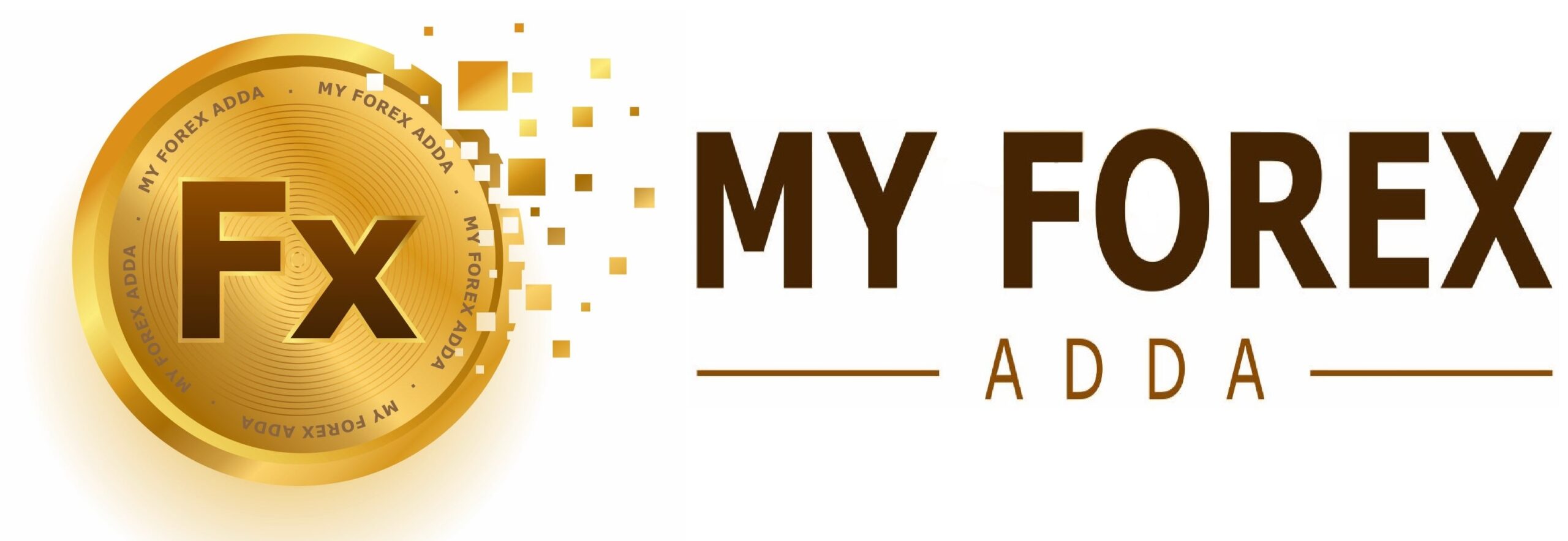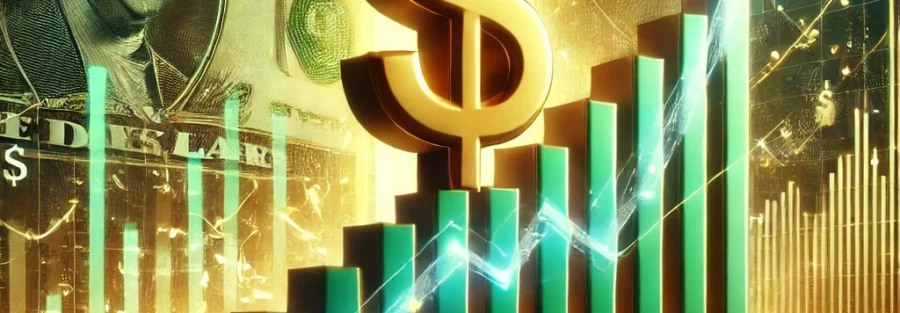The U.S. dollar climbed to a fresh 13-month high on Friday, maintaining its upward momentum as investors weighed the Federal Reserve’s interest rate outlook. Meanwhile, Bitcoin surged to a record level, nearing the $100,000 milestone.
The dollar index rose 0.08% to 107.15, after hitting its highest point since October 4, 2023, at 107.18. With minimal data releases this week to challenge its strength, the greenback remained on firm footing.
“The market is now focused on potential catalysts, particularly whether the Fed will cut rates again in December,” said Tony Sycamore, market analyst at IG.
Expectations for a December rate cut have fluctuated, with the likelihood now at 57.8%, down from 72.2% a week earlier, according to CME’s FedWatch Tool. Next Friday’s release of U.S. Personal Consumption Expenditures (PCE) data for October is expected to be a key indicator.
Later in the day, global PMI figures are set to be released, though Sycamore noted they are unlikely to significantly impact market sentiment.
Bitcoin briefly soared to a record $99,388 before pulling back. The cryptocurrency has gained over 40% since the U.S. election, driven by speculation that President-elect Donald Trump might adopt a more lenient regulatory approach toward digital assets. Bitcoin was last up about 1% at $99,028.
The dollar’s approximately 3% appreciation this month reflects expectations that Trump’s policies could stoke inflation, limiting the Federal Reserve’s ability to lower rates and keeping pressure on other currencies.
In related news, the Wall Street Journal reported that Trump has floated the possibility of appointing Kevin Warsh as Treasury Secretary, with the potential for him to later become Federal Reserve Chairman, citing sources familiar with the discussions.
The British pound traded at $1.25705, down 0.14% for the day, after earlier hitting its lowest level against the dollar since May 14 at $1.25655.
The euro, a significant component of the dollar index, slipped 0.05% to $1.0469, following a 13-month low of $1.0461 reached the previous day.
The euro has been a major casualty of the dollar’s post-election surge, with escalating tensions between Russia and Ukraine and political uncertainty in Germany, the eurozone’s largest economy, adding to the pressure.
Yen Focuses Attention on the BOJ
The Japanese yen has dropped more than 7% against the dollar since October, dipping below 156 per dollar last week for the first time since July, raising speculation that Japanese authorities may intervene to support the currency.
Bank of Japan (BOJ) Governor Kazuo Ueda indicated on Thursday that the central bank is closely monitoring the yen’s movements and their impact on economic and price trends, offering a boost to the yen.
Japan’s core inflation for October rose 2.3% year-on-year, according to data released on Friday, maintaining pressure on the BOJ to consider raising its still-low interest rates.
Despite these developments, the yen’s rally was short-lived, with the dollar last up 0.2% at 154.84 yen.
A Reuters poll revealed that just over half of economists anticipate the BOJ will implement a rate hike in December, partly due to concerns over the yen’s depreciation.
“The renewed strengthening of underlying inflation, coupled with the recent rebound in consumer spending and the yen’s continued weakening, strengthens the case for another BOJ rate hike next month,” wrote Marcel Thieliant, head of Asia-Pacific at Capital Economics, in a research note.
New Zealand Dollar Hits One-Year Low
Elsewhere, the New Zealand dollar slid to a one-year low of $0.58265, amid growing speculation that the country’s central bank may opt for an aggressive 75-basis-point rate cut in its upcoming meeting.





